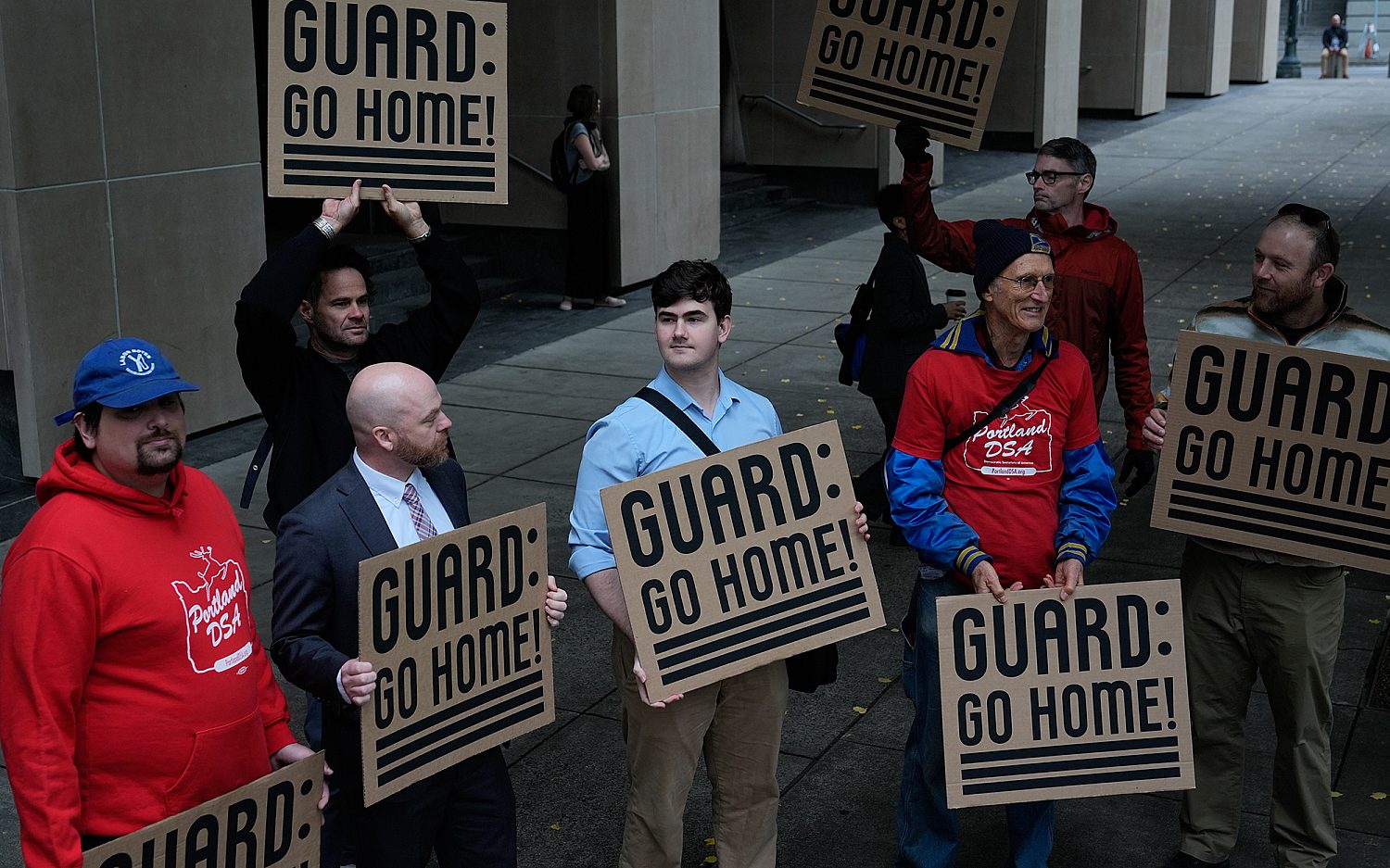Dollars and Sense: Holiday buying season is now fully underway
Black Friday fizzles. We’re now officially into the holiday shopping season. Even though the video of people trampling each other to get into stores is a bit ridiculous, there’s actually a real story here. Consumer spending still accounts for 70 percent of all economic activity in this country, and some stores do 40 percent of their sales for the entire year during the holiday season. This year, Black Friday wasn’t what it used to be. According to the National Retail Federation, sales for the weekend were 11 percent lower than last year here in the United States.
Online sales surge. That doesn’t necessarily mean we’ll have a weak holiday season. Lots of Christmas buying has moved into the pre-Thanksgiving weeks. Holiday sales in some stores began soon after Halloween. Also, online buying continues to climb. The National Retail Federation said it expects online sales to rise about 15 percent during this holiday season. Some individual retailers, such as Amazon, are seeing even more growth. Sales at the world’s largest online retailer jumped 46 percent on Saturday and 24 percent on Black Friday, compared to a year ago.
Deal, or no deal? Part of the problem is consumers getting wise to Black Friday gimmicks. With smart phones, it’s easy for consumers to see whether so-called “door buster” prices are really good deals, and they’re discovering that for the most part, they are not. If you absolutely have to have that 50-inch flat-screen television under the Christmas tree, and you’re willing to camp out all night long in front of your favorite store, then—yes—you can save money. But in general, people pay more, not less, on Black Friday. Aside from a few deeply discounted items to get shoppers in the door, just about everything else is full price. If you’re really trying to save money, buy or even make highly personal gifts for Christmas, and save the big purchases for January, when retailers are trying to clear out their shelves in anticipation of fiscal year-end inventories.
Walmart unfazed. A group called OUR Walmart attempted to dampen the festive mood at some Walmart stores. Unions have been unsuccessful at organizing Walmart employees, so OUR Walmart had planned protests across the country. Last year, the group boasted it would have protests at 1,500 stores, but Walmart officials said only about 250 stores saw demonstrators. This year, the story was much the same. “Perception is not reality in this case,” Brooke Buchanan, a Walmart spokeswoman, told the Huffington Post. Year after year we see the labor union and paid organizers promising they’ll be out in force. And every year, we see a handful of people at a handful of stores.”
Economic news. An unexpected dip in consumer confidence may also have had something to do with the Black Friday blues. The Conference Board’s index of consumer confidence fell fairly significantly, from an October reading of 94.1 to a November reading of 88.7. On the other hand, the government reported the economy grew at an adjusted annual rate of 3.9 percent in the third quarter, much better than previous estimates. Economists had expected the estimate to be revised down to 3.3 percent, according to Action Economics.
NASDAQ delivers. When we talk stocks in this space, we normally discuss the Standard and Poor’s 500 index, which looks at the 500 largest stocks in the economy, or the Dow Jones Industrial Average, which is the most quoted index. But today the NASDAQ gets some attention. It’s been on an amazing run. The NASDAQ closed on Friday at 4,791, approaching tech bubble levels.
What’s the difference? During the tech bubble, lots of companies had great ideas but no revenue, and certainly no profits. As a result, lots of them just went away. I owned stock in a company called Webvan, which was supposed to be the Amazon of groceries. You could order online and get your groceries delivered to your door. It went bankrupt in 2002. So did lots of other companies, and the NASDAQ crashed in 2001 and 2002. But this time around, tech companies are producing revenue and profit. Take the dearly departed Webvan. Amazon bought the company’s assets and now operates its own grocery delivery business—AmazonFresh. A home delivery company in the United Kingdom, called Ocado, just went public with a market capitalization of $4 billion. That sounds outrageous unless you consider the company is actually profitable.
The week ahead. It will be a pretty strong week for economic news, with lots of government reports coming out, but—as usual on the first of the month—the number everyone is waiting for is unemployment, due out Friday. The employment picture has been getting slowly better in recent months. Last month’s number fell to 5.8 percent, the first time we’ve been below 6 percent since the Great Recession. Most analysts are expecting the improvements to continue, though perhaps at an even slower pace than during the past year or two.
An actual newsletter worth subscribing to instead of just a collection of links. —Adam
Sign up to receive The Sift email newsletter each weekday morning for the latest headlines from WORLD’s breaking news team.





Please wait while we load the latest comments...
Comments
Please register, subscribe, or log in to comment on this article.